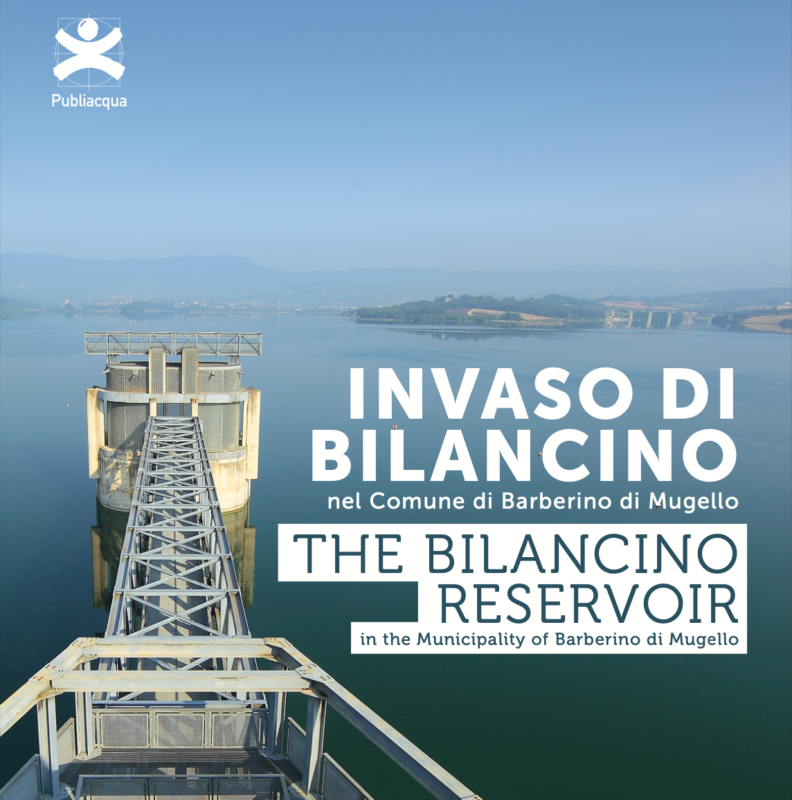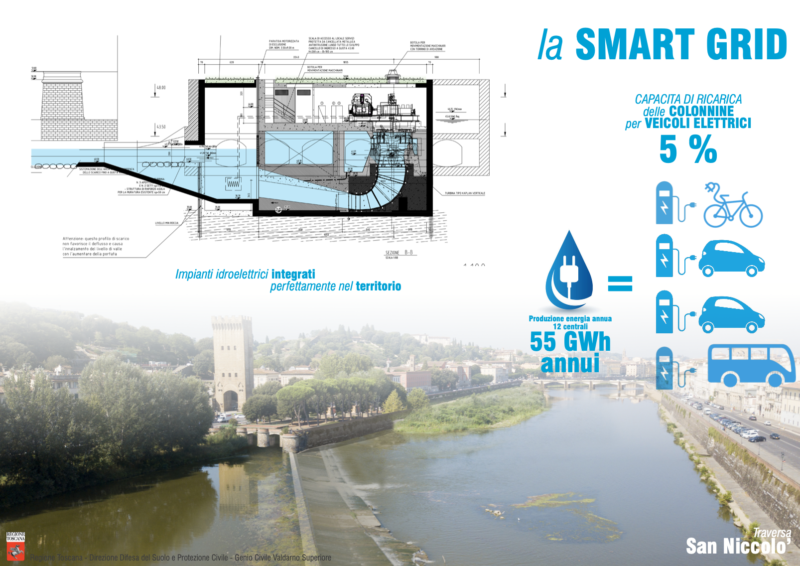Visit to the Bilancino reservoir
Bilancino Lake, on the spurs of the Mugello area, is the most important reservoir of drinking water that Central Tuscany has at its disposal. It is our largest reserve of water with a storage capacity of 70 million cubic metres of water. It became operational at the end of the last century, two centuries after it was first planned and because of the increase in responsibility of the local and regional administrations, faced with widespread historical need for water in a vast and unique area worldwide, which had to start resolving its problems in a structural way. Today, the reservoir permits a secure water supply to more than one million people, plus tourists, as well as to production sectors like industry and agriculture, enabling stable capacities in the river Arno to the intake facilities of the Anconella river waterworks in Florence. In addition, it is the main expansion tank of the river Arno, where the waters of the river Sieve and torrents end up during times of high water to defend against flooding. It is also a source of clean energy and contributes in its own way to the fight against the climate chaos caused by the emission of greenhouse gases into the atmosphere due to the use of fossil fuels (charcoal, petroleum, etc.). Thanks to the hydroelectric power station on the dam, the force of the water generates millions of kW/h of electricity.
This technical visit is hosted by the company Publiacqua S.p.A. entrusted with the management of the integrated water service from the Optimal Territorial Area n.3 Medio Valdarno, a territory, the backbone of Tuscany, which involves 4 provinces, Florence Prato, Pistoia and Arezzo.

Visit to the historical San Niccolò weir along the Arno River in Florence where a new hydroelectric plant is being installed
Since the year 1200, the San Niccolò weir furnished water to the mills used for various manufacturing activities and, later, for water supply to the local population. In 1875, the structure of San Niccolò weir was reinforced and two stone tunnels crossing the Arno were constructed upstream of the weir. Inside one of them a large pipe for the new aqueduct was laid down. The second tunnel was intended to be used as a filtering tunnel for the water of the Arno. However, the tunnels were eventually used by residents as a means of crossing the river. Notably during the second world war, partisans were able to transfer food and munitions across the Arno River. In 1959, when the ‘Fabbrica dell’acqua’ was demolished, the tunnel was also abandoned. With no maintenance, the tunnel deteriorated rapidly and is now inundated. The current project aims to both restore the old weir and install a run-of-river hydroelectric plant.
The technical visit is hosted by the company Iniziative Bresciane S.p.A., a group active in the production of electricity from renewable sources, with a focus on identifying potentially interesting sites, designing, building and managing small and medium-sized hydroelectric plants, and the construction company PAC S.p.A. that is currently restoring 13 weirs and installing 12 hydroelectric plants along 55 km of the Arno River as part of a project financing promoted by the Tuscany Region.

